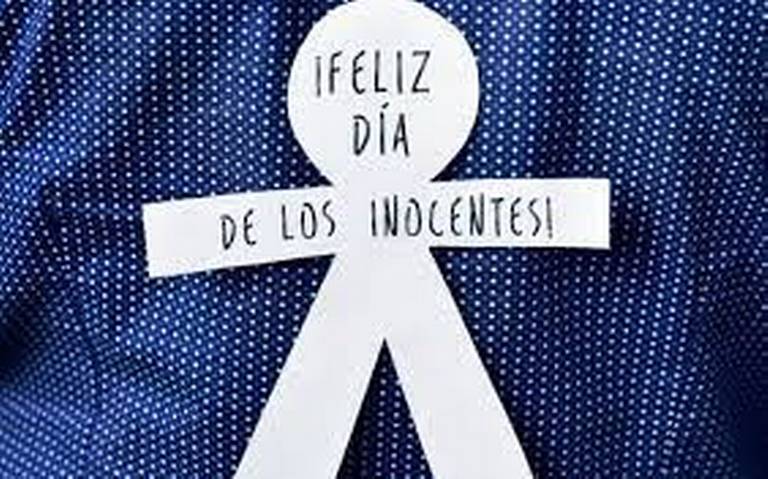Día de los Santos Inocentes (Day of the Holy Innocents) is observed on December 28th in Spain and many Latin American countries, and its origin is rooted in a tragic event described in the Bible. According to the Gospel of Matthew (Matthew 2:16-18), King Herod the Great, feeling threatened by the prophecy of the birth of Jesus, ordered the massacre of all male infants in Bethlehem who were two years old and under. This horrifying event .jpeg) is known as the "Massacre of the Innocents."
is known as the "Massacre of the Innocents."
King Herod, having been informed by the Wise Men of the birth of a new "King of the Jews," sought to eliminate any potential challenger to his throne. When he realized that the Wise Men had outwitted him by not returning to disclose Jesus' location, he ordered the killing of all young male children in Bethlehem and its vicinity. This event caused untold suffering and grief among the families of these innocent children.
The Transformation of the Tradition
Over time, the commemoration of this somber event evolved into a cultural and social tradition with a distinctly different tone. In Medieval Spain, this day began to be marked by a series of pranks and practical jokes, akin to April Fool's Day in many Western countries. Today, Día de los Santos Inocentes is characterized by light-hearted antics and merriment. People play practical jokes, tell tall tales, and the media often publishes fake news stories, all in good fun.

The transformation from a day of mourning to one of mirth is an interesting cultural evolution. The exact reasons for this shift are not entirely clear, but it is believed that the blending of pagan and Christian traditions, along with a natural human tendency to ward off the darkness of winter with joy and laughter, played a significant role.
The Cultural Twist
Despite the comedic overtones associated with modern celebrations of Día de los Santos Inocentes, the day retains its historical and religious roots for many. It serves as a reminder of the innocent lives lost in Bethlehem and the cruelty of Herod's decree. In some regions, traditional observances still include religious services and prayers to honor the memory of the martyred children.
In various parts of Spain and Latin America, unique local customs also reflect the day’s dual nature. For example:
-
In Guatemala, the day is marked by the release of small lanterns into the sky, symbolizing the souls of the innocent children.
-
In Mexico, elaborate practical jokes are combined with a more reflective aspect, where families remember the biblical story.
-
In Ecuador, there are parades and street performances that mix comedy with poignant reminders of the historical events.
A Day of Duality
Día de los Santos Inocentes is a day of duality, blending sorrow with joy, and reflection with laughter. It demonstrates how cultural traditions can evolve and adapt over time, incorporating new elements while retaining their historical and religious significance. The pranks and jokes that are now synonymous with the day bring a sense of joy and community, but they also add a layer of complexity to the commemoration of an event that originally symbolized a dark period of infanticide and suffering.
In celebrating Día de los Santos Inocentes, many people are reminded of the resilience of the human spirit and the importance of finding light even in the darkest of times.